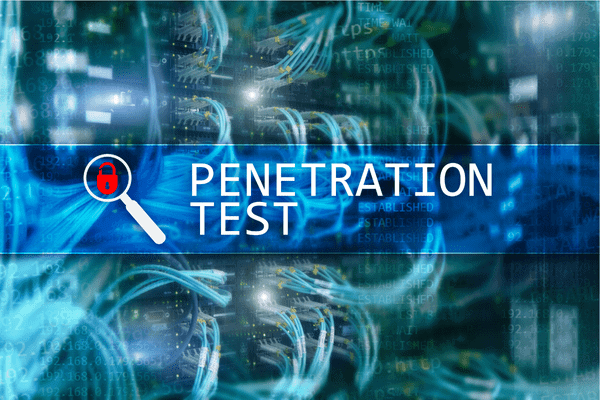Vulnerability Assessment and Penetration Testing (VAPT) also known as Offensive Security Testing are two types of vulnerability testing. The tests have different strengths and are often combined to achieve a more complete vulnerability analysis.
Vulnerability assessment tools discover which vulnerabilities are present, but they do not differentiate between flaws that can be exploited to cause damage and those that cannot. Penetration tests attempt to exploit the vulnerabilities in a system to determine whether unauthorized access or other malicious activity is possible which can be a threat for an application. Penetration tests find exploitable flaws and measure the severity of each.
Dynamic Application Security Testing (DAST) is a black-box security testing methodology in which the tester examines an application from outside when it is running and tries to hack it just like an attacker would. Static Application Security Testing (SAST) is a white box testing methodology in which tester examines the application from the inside, searching its source code for conditions that indicate that a security vulnerability might be present.


API penetration testing is an ethical hacking process to assess the security of the API design. API tests involve attempting to exploit identified issues and reporting them to strengthen the API to prevent unauthorized access or a data breach.
API security testing aids in the detection and prevention of vulnerabilities and the related corporate risk. API security testing may also assist in determining when an API deviates from stated API specifications. API security testing tools also aid in the enforcement of an API's correctness by scanning the business logic of an API rather than just the input validation given by the front end.
To assess the security efficacy of the IT environment, a secure configuration review examines and verifies in detail the configuration settings of systems, network devices, and applications that make up the IT infrastructure.
Typically, the required secure configuration settings may not be applied or may be overlooked while implementing, maintaining, or upgrading computer systems, networks, or network security devices. Therefore, it's essential to regularly assess the IT environment's secure setup in order to maintain organization-wide security.


Secure code review is either a manual or automated process that inspects an application’s source code. This investigation's objective is to find any security holes or vulnerabilities that may already exist. Among other things, code review particularly searches for logical problems, evaluates how the specification was implemented, and verifies style conventions.
Although secure code review may take place at any stage of the software development life cycle (SDLC), it has the most impact when it is done sooner since that is when code updates can be made most quickly and easily. Automated code review, in particular, enables quick modifications, when necessary, when developers are actively producing code.
With the rapidly evolving threat landscape and the enhanced focus on digital transformation, organizations need to ensure security is integrated into their IT Infrastructure and applications. Be it rapid deployment of servers, application releases or configuration of network devices, security testing is a must.
Our Managed VAPT services provides periodic assessments as well as on-demand scans for an organization specific IT Infrastructure and applications. We will work as an Extended Security Arm by managing their Vulnerability Management program. CyRAACS consultants will collaborate with the organization internal teams to ensure quicker remediation and improved security posture. Our Managed VAPT Services helps to provide visibility and assurance to Executive Management on the health and the security posture.


Containers have become mainstream in the recent production workloads. Containers offer a lot of benefits and helps the business to scale at will and have a better utilization of the available infrastructure. Container security helps to define the required security policies, helps in identifying the security issues in creating the container images, helps to secure the container runtime configurations and entire CI/CD processes that integrates with any organizations DevSecOps or SecDevOps practices. Though there are wide varieties container and container runtime technologies exist, Docker and Kubernetes are majorly implemented across the organizations due to their widespread support and tooling availability.
We support security scanning of Docker containers and the following Kubernetes ecosystems:
Reviewing the present security measures in the application architecture is one definition of application architecture review. By doing so, a user can find possible security holes early on and fix them before moving on to the development phase. A poorly designed architecture may leave the application vulnerable to several security flaws. The architectural assessment is best done during the design phase since adding security after development is expensive and time-consuming.
The objective of this Security Architecture audit is to examine and identity security issues with the design and implementation, the risks it carries to its users, integrity and confidentiality of the processed information and the long-term application maintainability from an application and network security standpoint.


Red Teaming is an exercise, mimicking real-world conditions, that is conducted as a simulated hostile attempt to compromise organizational business processes and activities to provide an overview of the security capabilities of the information systems and organization.
A Red Team Exercise is devised to expose vulnerabilities in a company’s security through testing, uncovering vulnerabilities and blind spots in the fortification of organization’s processes and network safety. It tests software security, organization’s incident response, organizational policies and procedures, and overall readiness against a full attack scenario.
A Red team exercise basically tries to imitate the procedures adopted by adversaries to examine the target’s defenselessness against real-world attacks.
A threat model is a systematized illustration of all the information that impacts the application’s security. Quintessentially, it is an outlook of the application and its environment from a security standpoint. Threat modeling helps pinpoint the types of agents that pose a threat to an application or computer system. It views the application through the lens of hackers to gauge the damage that could be done.
Threat modelling can help to justify security efforts by providing a clear line of sight across an application or an information system. The threat modeling process helps an organization document knowable security threat to an application and make rational decisions about how to address them.


Phishing is an attack in which hostile actors send messages or e-mails masquerading as a reputed person or entity. It tries to trick users into performing activities such as installing a malicious file, accessing a dangerous link, or giving sensitive information such as passwords.
With email being a critical requirement in any organization’s operation, understanding your users’ susceptibility to phishing attacks is required. Social engineering attacks, like phishing, are accompanied by extended hazards, such as malware, code injection, and network attacks. Phishing and pretexting accounts for 98% of all social incidences and 93% of all breaches.
The aim is to pinpoint if the employees are equipped to recognize a social engineering attack, if the e-mail security controls in place can help the organization fare against a malware.
